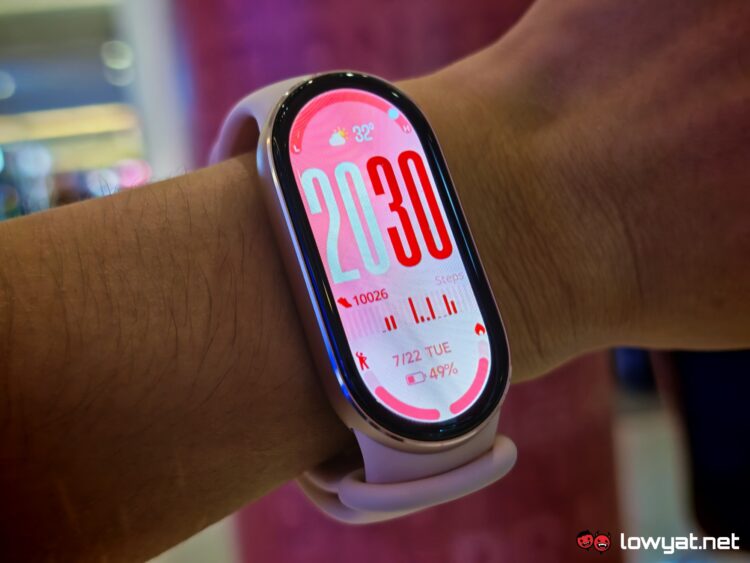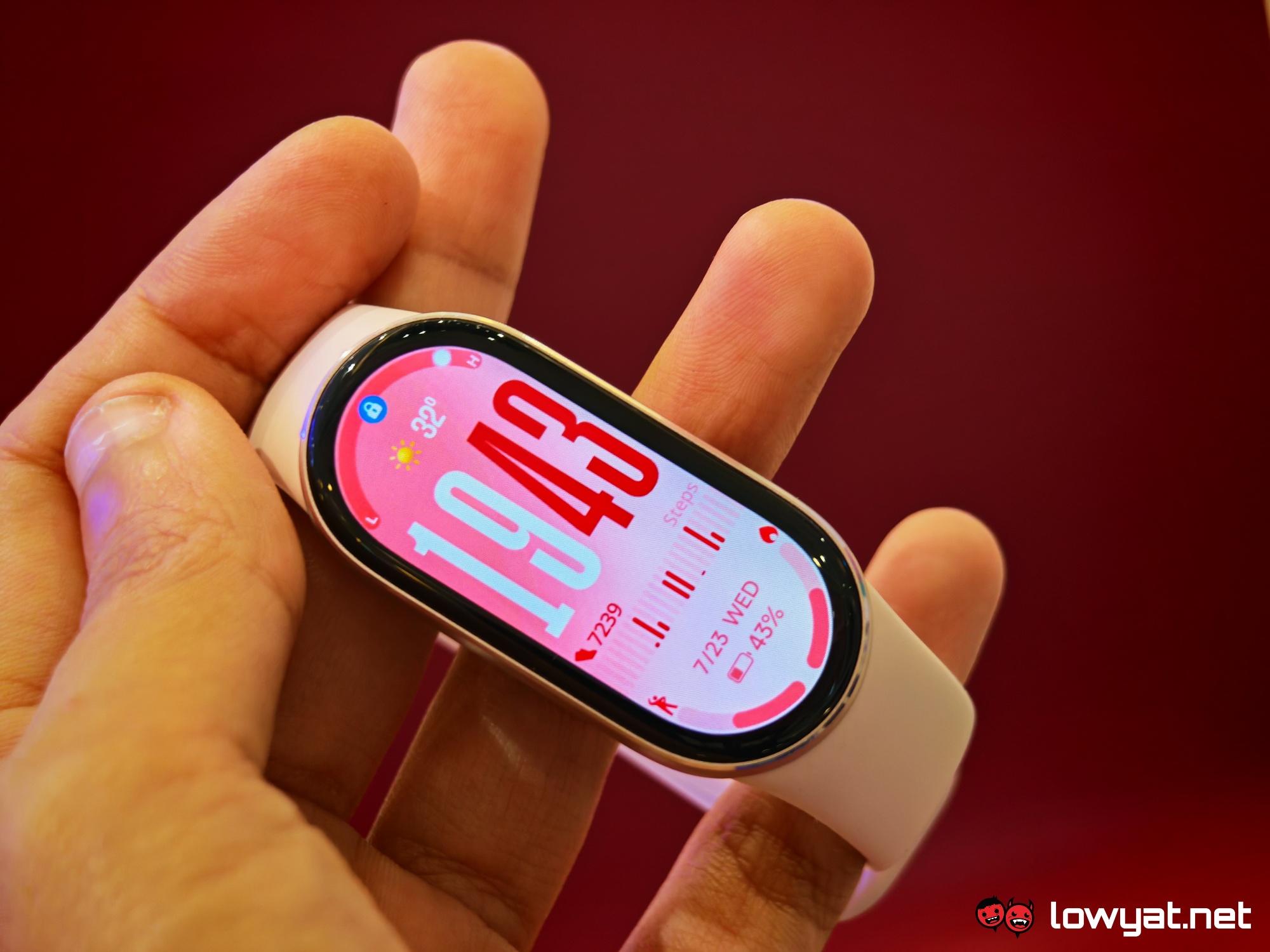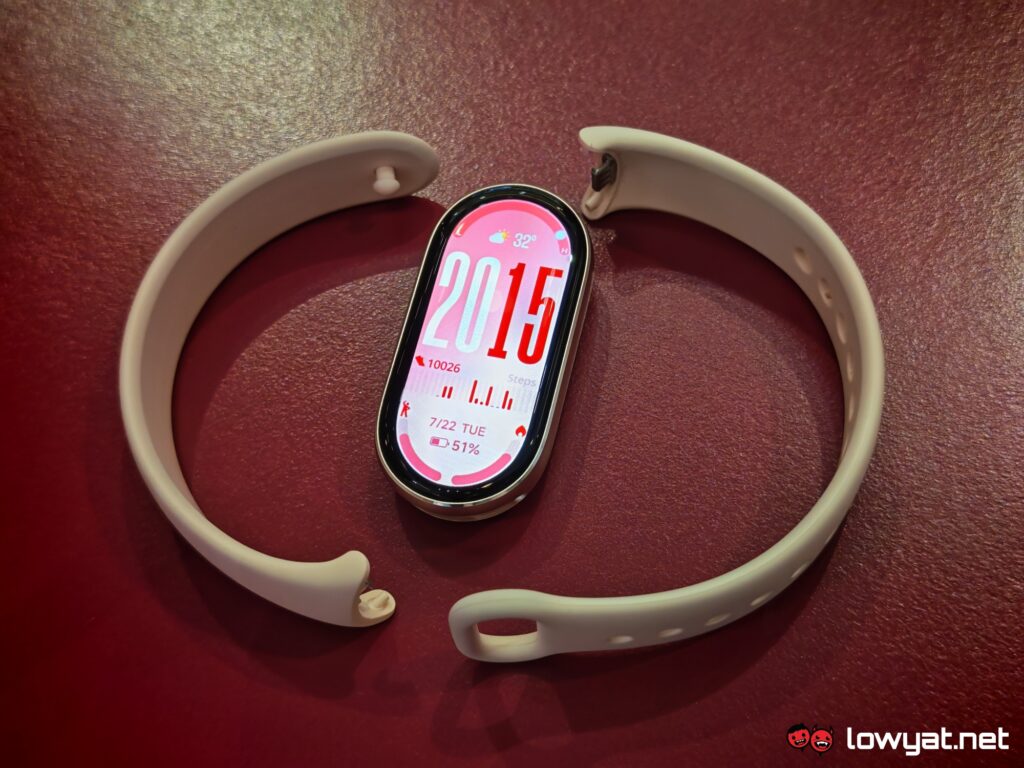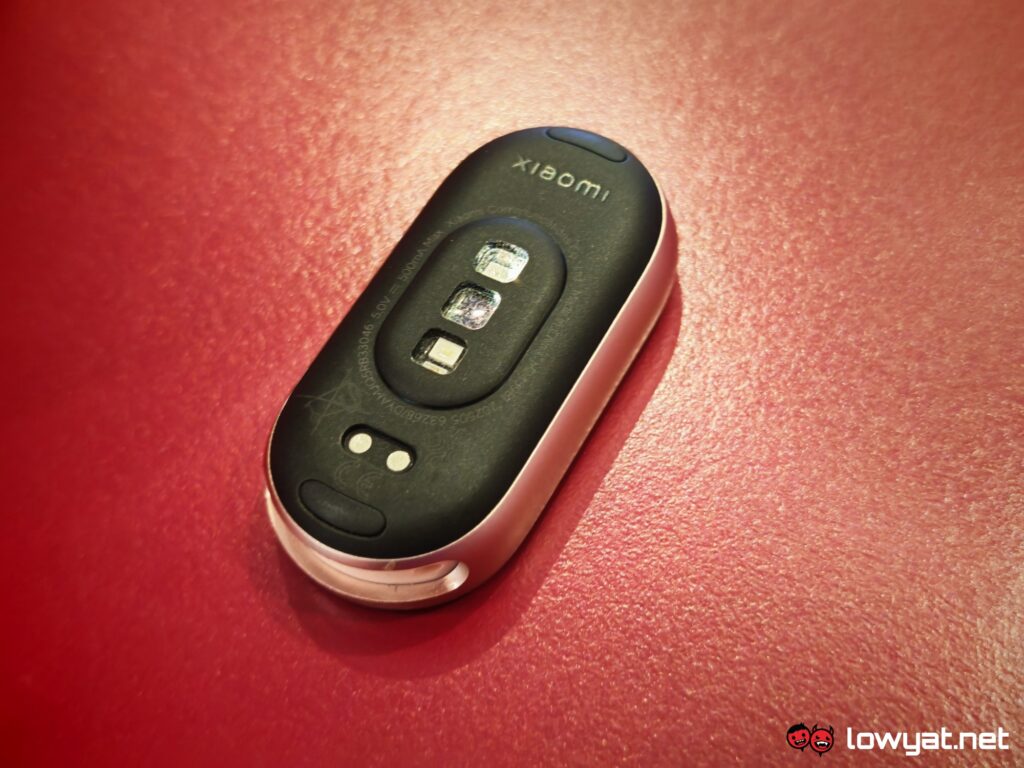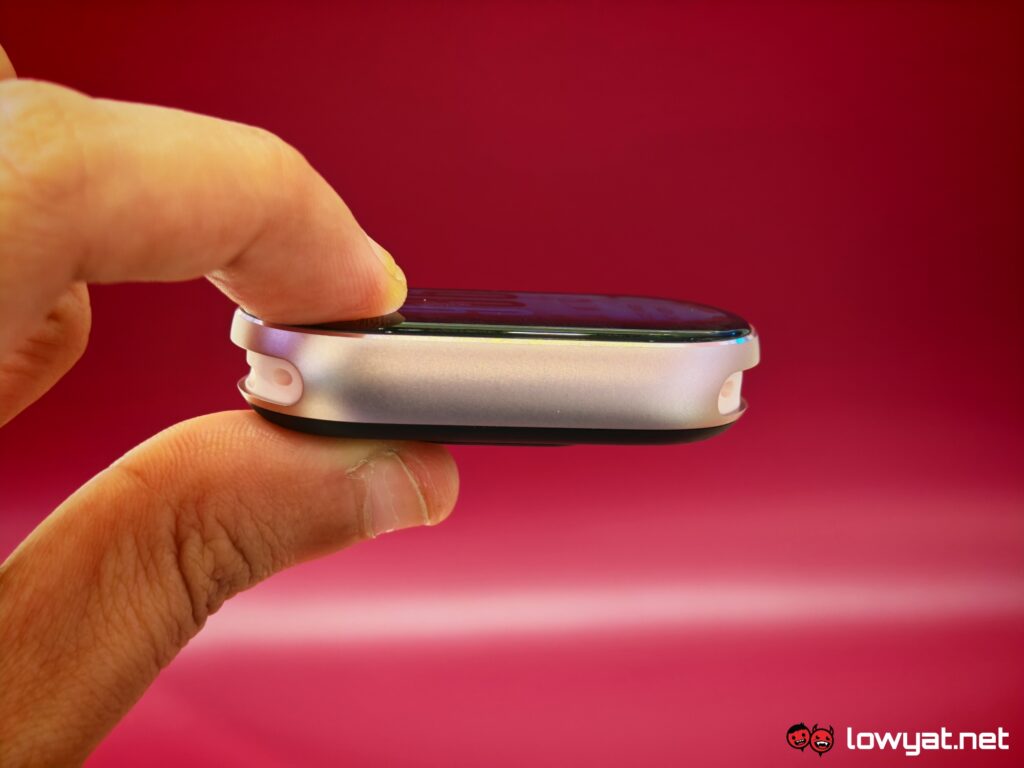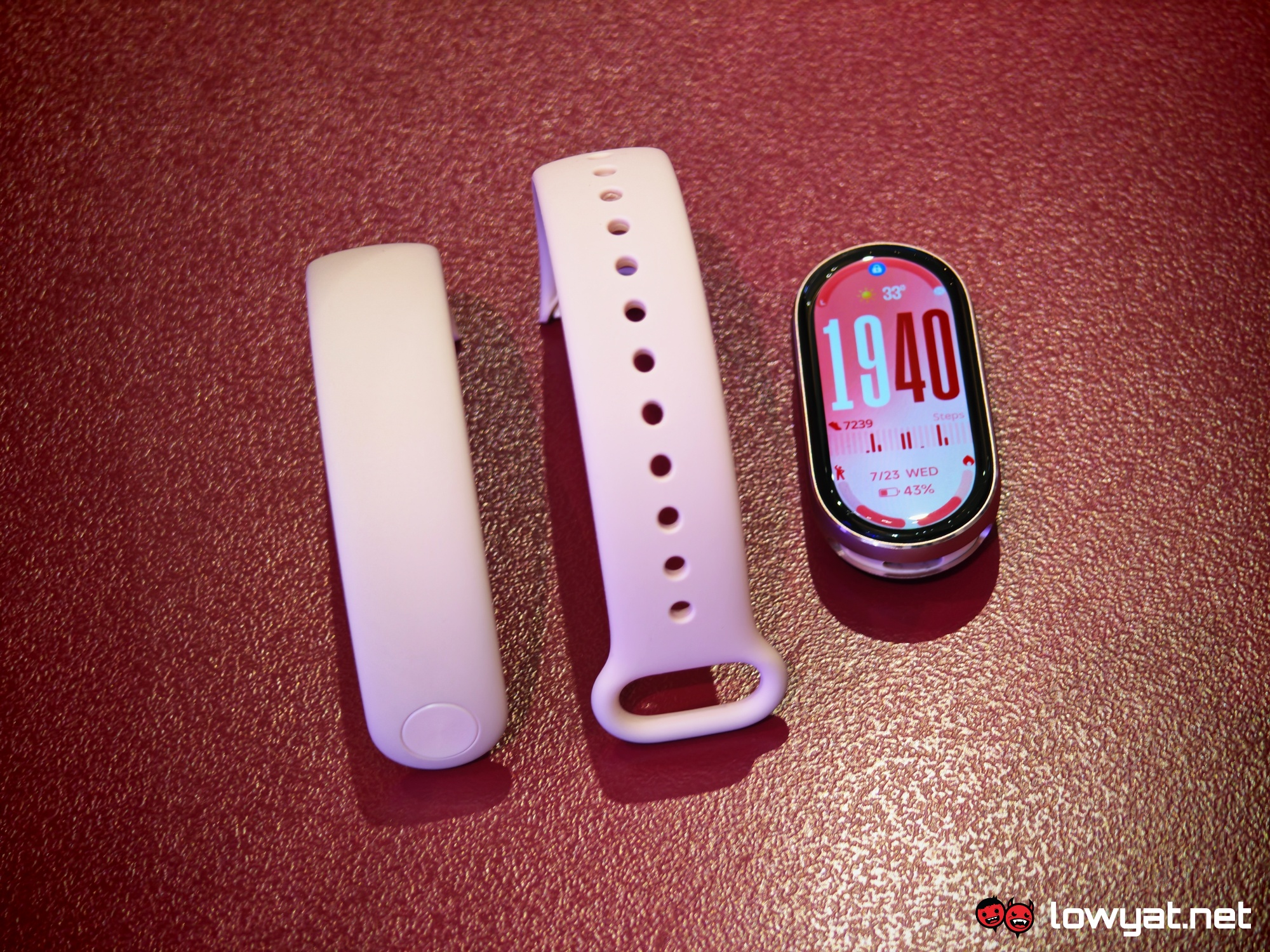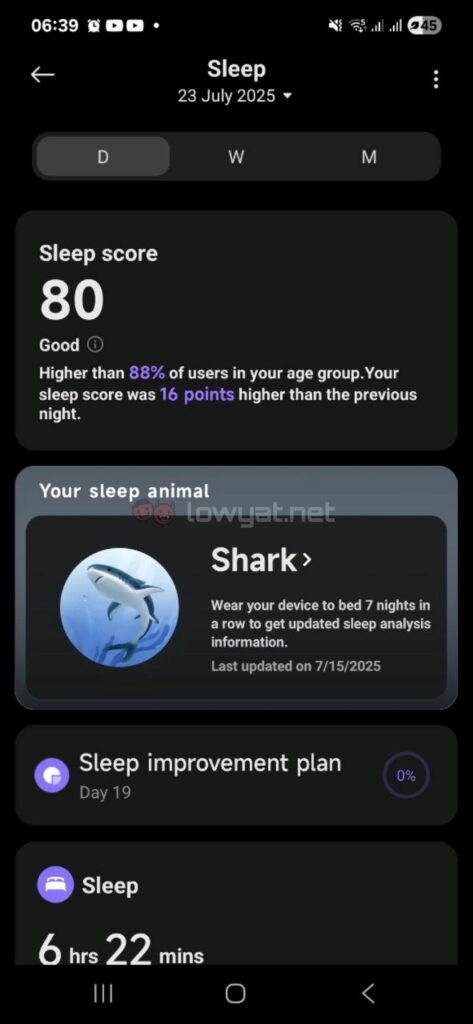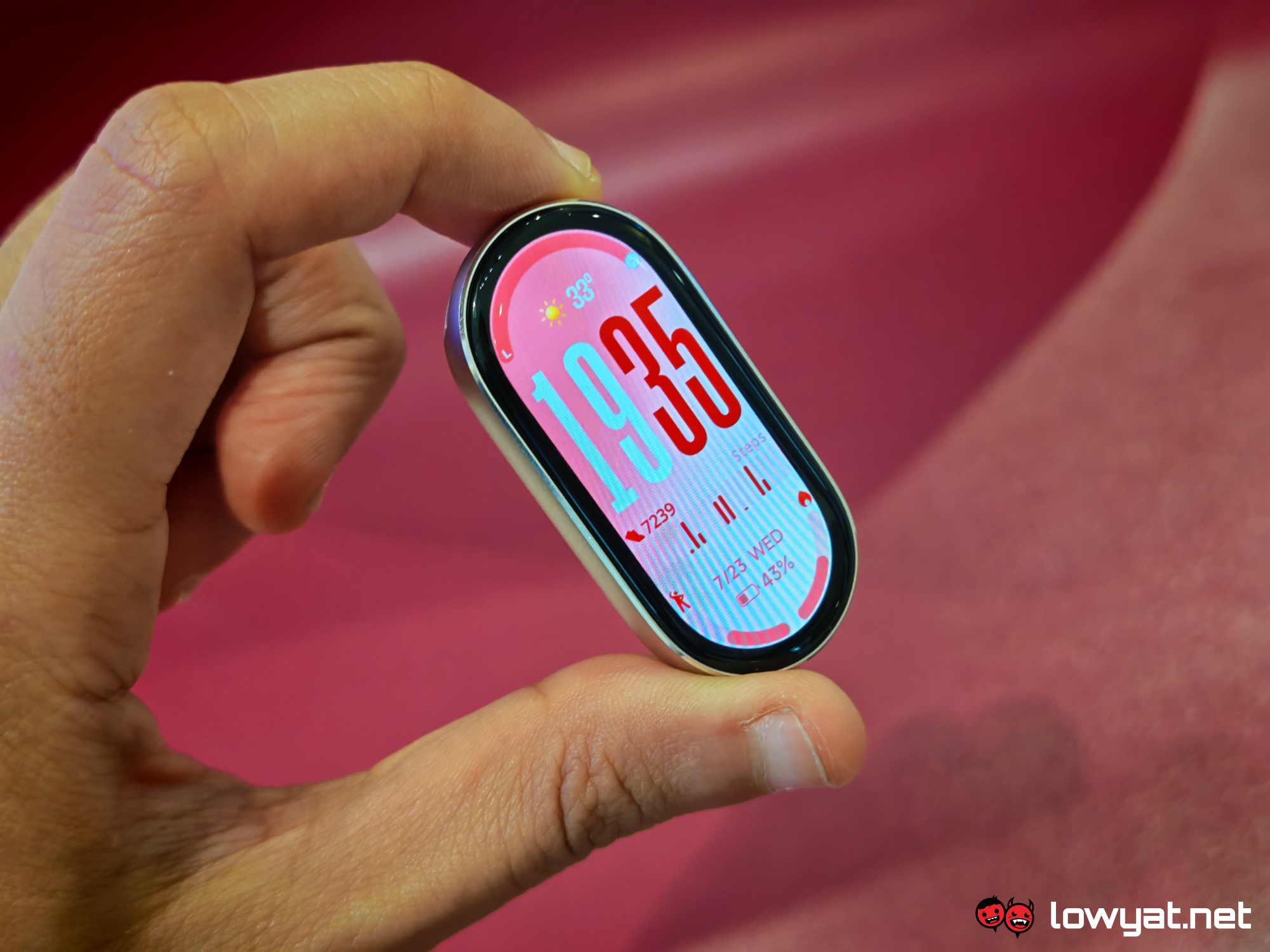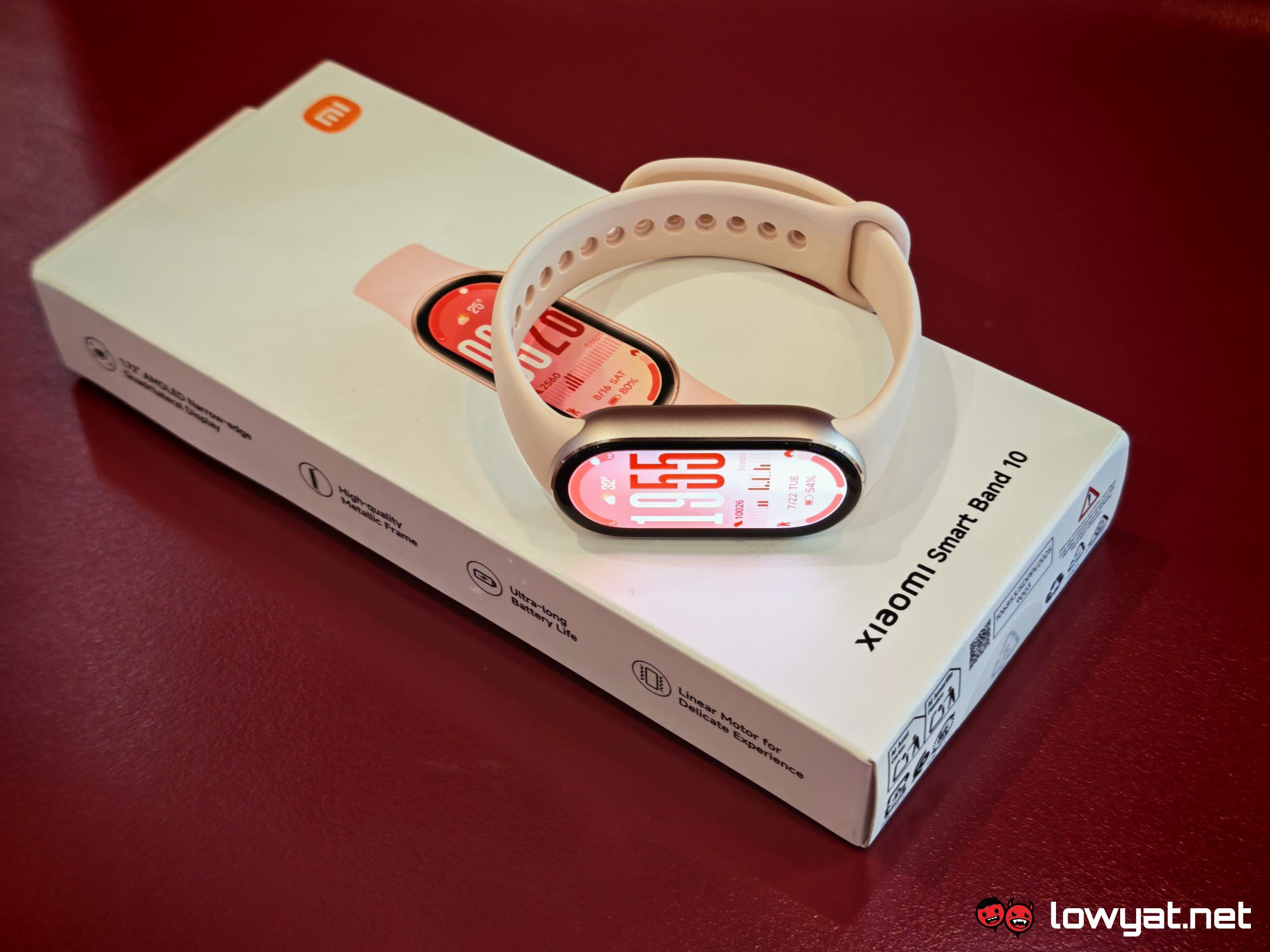Last month, Xiaomi launched the Smart Band 10 as the successor to the Smart Band 9. If the last few iterations of its fitness tracker is anything to go by, it seems like the brand is focused on refining what is there rather than making any drastic changes. The Smart Band 10 features a few upgrades compared to the previous generation, but largely retains a familiar form with many of the features found on its predecessor.
Overall, this year’s version more or less offers the same thing one would expect from its older brethren. It’s a simple, straightforward wearable device with health and fitness tracking tools, and given how much Xiaomi has doubled down on the styling aspect, I guess we could call it a fashion accessory too.
What Am I Looking At?
Xiaomi has kept the overall look of its smart bands pretty consistent across generations. The Smart Band 10 keeps the pill-shaped case that has been the staple for this lineup. It sports a 1.72-inch AMOLED display with a peak brightness of 1,500 nits, which is both bigger and brighter than last year’s version. Additionally, the bezels are slightly slimmer, in addition to now being completely symmetrical rather than thicker at the bottom.
Like the previous versions of the smart band, this one does not feature any physical buttons, which means every interaction is done through the display. Aside from that, it also retains the 5ATM rating and 21-day battery life of the previous generation.
This model I have is the Mystic Rose variant, which features a metal case with a pinkish tint and a TPU strap in a shade resembling strawberry yoghurt. If pale pink doesn’t suit your vibe, the band is offered in three other colours, including a white ceramic version that’s quite a bit pricier.
What’s Good About It?
Styling and customisation are clearly the strongest points of the Smart Band 10. The device has a simple, minimalist appeal, with a compact design that feels low-key and unobtrusive. The straps also come off fairly easily, so you can swap them out for different ones if desired.
Of course, the straps are sold separately, but you do have a lot of options in terms of style and material. Among these is the Pearl-chain Pendant, which turns the smart band into a necklace. However, the device will function more as a fashion accessory when worn in this way, as you won’t have access to some of its health-tracking features.
Speaking of said features, the Xiaomi Smart Band 10 gets your usual fare of heart rate, blood oxygen, sleep, and stress monitoring. You need the Mi Fitness app to get the most out of the band, as it allows you to get more detailed health insights and records of previous workout sessions.
Personally, I found the sleep monitoring feature to be particularly useful as it provides the user with a detailed report. Aside from keeping track of the sleep stages, it also rates the quality of your sleep based on criteria such as sleep length. The app also offers suggestions on how to improve your sleep quality. You can also opt for a sleep improvement plan, which includes a set of tasks for you to complete each day.
The band supports more than 150 sports modes, which more or less cover the typical workouts like running, cycling, and swimming, plus a few more niche activities. I’m not particularly sporty myself, so I’ve mostly been making use of the walking mode. This feature tracks the distance covered, as well as metrics like cadence and stride.
Aside from that, the Smart Band 10 also gets an upgraded linear motor, and with it, custom vibrations. You can assign different vibration patterns for the different types of notifications, although it is limited to a small selection of presets.
What’s The Catch?
It probably comes as no surprise that the compact form factor is pretty limiting, with the most obvious drawback being the tiny display. Sure, Xiaomi did give the Smart Band 10 a bigger screen, but the change is minimal and barely makes a difference.
Text is large enough to still be legible, but only just. Furthermore, interacting with the apps can be a chore as you need to be precise with your movements in some contexts, such as when setting alarms. The problem is made worse by the absence of physical controls, with everything done through the screen.
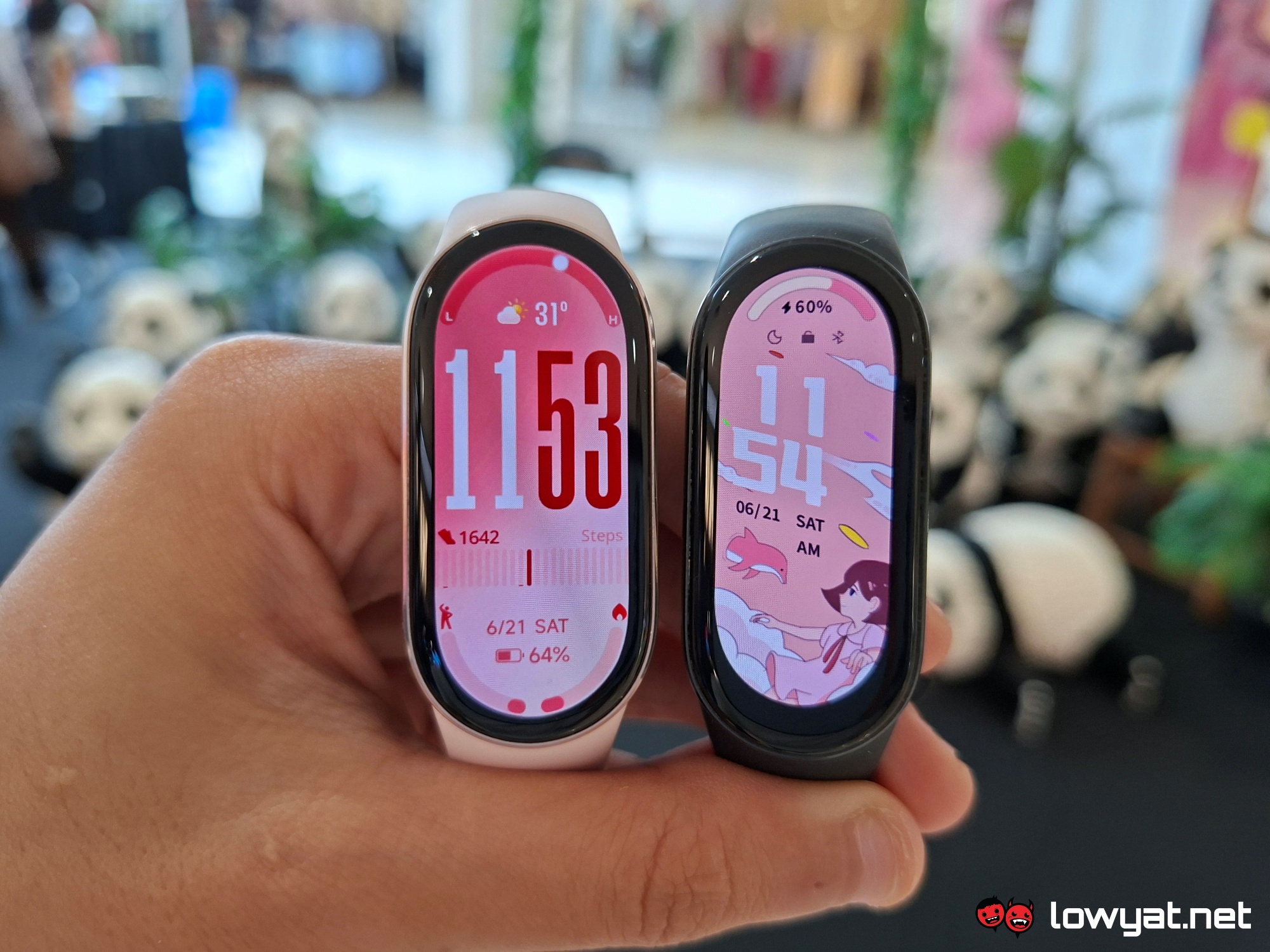
And since there is no power button, turning on the band is inconvenient, as you need to connect it to the magnetic charger. The device also lacks a GPS, so you will need your phone with you if you want to make use of certain workout features, like the walking and outdoor running modes. And while we’re on the subject of missing features, the global version of the band does not come with NFC support, so cashless payments are a no-go.
Should I Buy It?
For those already acquainted with last year’s model, the Xiaomi Smart Band 10 is more or less the same but with some slight improvements, so an upgrade might not be justifiable. Otherwise, it’s a perfectly decent choice for those in the market for a low-cost fitness tracker. In terms of health-monitoring features, there’s nothing particularly fancy, but the band does the job.
The standard metal versions of the Smart Band 10 are priced at RM219, which is pretty reasonable for what the device has to offer. As mentioned previously, there is also a variant with a ceramic frame, but the price gets bumped up to RM299 for a slightly more refined aesthetic. Either way, you’re getting a wearable that’s both functional and fashionable.

